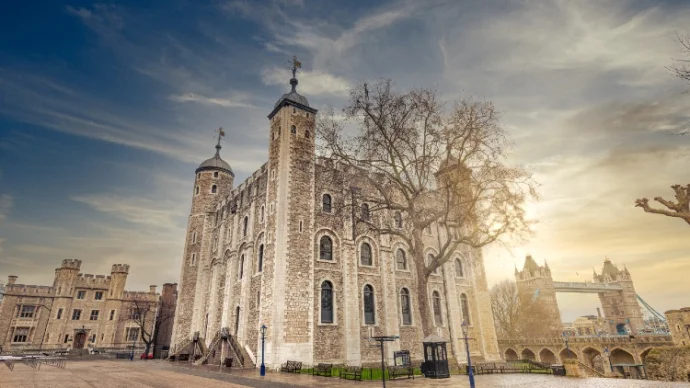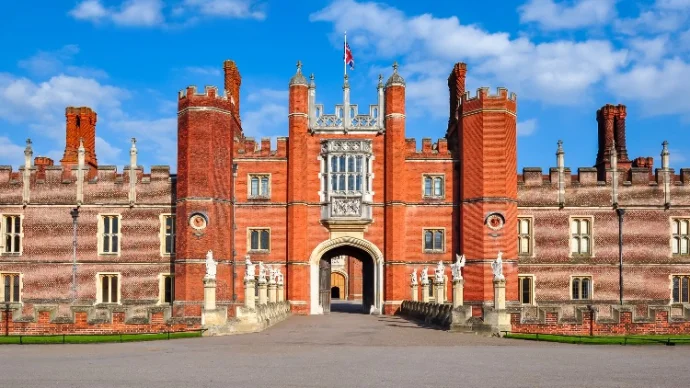
About Banqueting House
The Banqueting House in London is the only surviving building of the eminent 16th century royal Palace of Whitehall, home to some of Britain’s most infamous monarchs.
The Banqueting House history
The Palace of Whitehall first came into the possession of the Crown in 1530, when its previous owner Cardinal Wolsey was removed from power. Henry VIII took the Palace for himself, installing it as the key royal residence for the Tudor – and later Stuart – court.
The grand Banqueting House itself was built in 1622 under James I, and was met with general praise and amazement. It was initially designed for state occasions and after the installation of grand ceiling panels by Rubens, became a reception area for greeting foreign dignitaries. The curious tradition of the royal healing ceremony also often took place here, in which Stuart monarchs from James I to Queen Anne claimed to heal people of a mysterious skin disorder known as ‘the King’s Evil’.
On 30 January 1649, it would become the location for one of British history’s most significant events. Spectators gathered to watch the beheading of King Charles I on the balcony of the Banqueting House, with the scaffold stage on which the monarch died still visible today.
During the Interregnum, from 1654 until 1658 the Palace of Whitehall was the home of the revolutionary and statesman, Oliver Cromwell. After the Restoration of King Charles II in 1660 however, the Palace once again became a royal residence, with the Banqueting House reclaiming its role as a magnificent centre of courtly life.
In 1698, an accidental fire started at Whitehall Palace, burning it to the ground and bringing to a close over 250 years of history. As the fire raged, William III instructed Sir Christopher Wren to focus on preventing the destruction of the beautiful Banqueting House, and it came out largely unscathed.
The Banqueting House today
Today the Banqueting House is managed by Historic Royal Palaces and welcomes visitors to explore its fascinating history as a centre of early-modern royal life.
In the main Banqueting Hall the immaculate Rubens ceiling may be admired, likely painted by the eminent artist between 1629-30. It is the only surviving in-situ ceiling by Rubens and consists of 9 paintings, with scenes depicting The Union of the Crowns, The Apotheosis of James I, and The Peaceful Reign of James I.
Below the Banqueting Hall also lies the Undercroft, designed as a private drinking den for James I and his friends, which contains a display on the extravagant court Masques that would take place above.
Getting to the Banqueting House
The Banqueting House is located in Whitehall, London. The nearest Underground Station is Westminster, a 5-minute walk away, while the nearest bus stop is Horse Guards Parade stop just outside.
Featured In

Henry VIII Sites to Visit
Follow in the footsteps of King Henry VIII and explore the historic sites across Britain that shaped his life, reign and many marriages.

The Best English Civil War Sites
Discover the best English Civil War Sites and Battlefields, from Bishop's Waltham Palace to Goodrich Castle and more.

London Historic Sites
Londinium, The Big Smoke, The Great Wen: London has experienced its fair share of change over its 2000-year history. Here's our pick of some of the British capital's most famous historic sites to visit today.

Henry VIII Sites
Follow in the footsteps of King Henry VIII, view the places where Henry left his mark on history and find fantastic historic sites to visit on your travels, includes interactive map.

Key Sites of the English Civil War
Discover the most fascinating English Civil War battlefields, monuments and sites, from Edgehill to Corfe Castle and more.




















